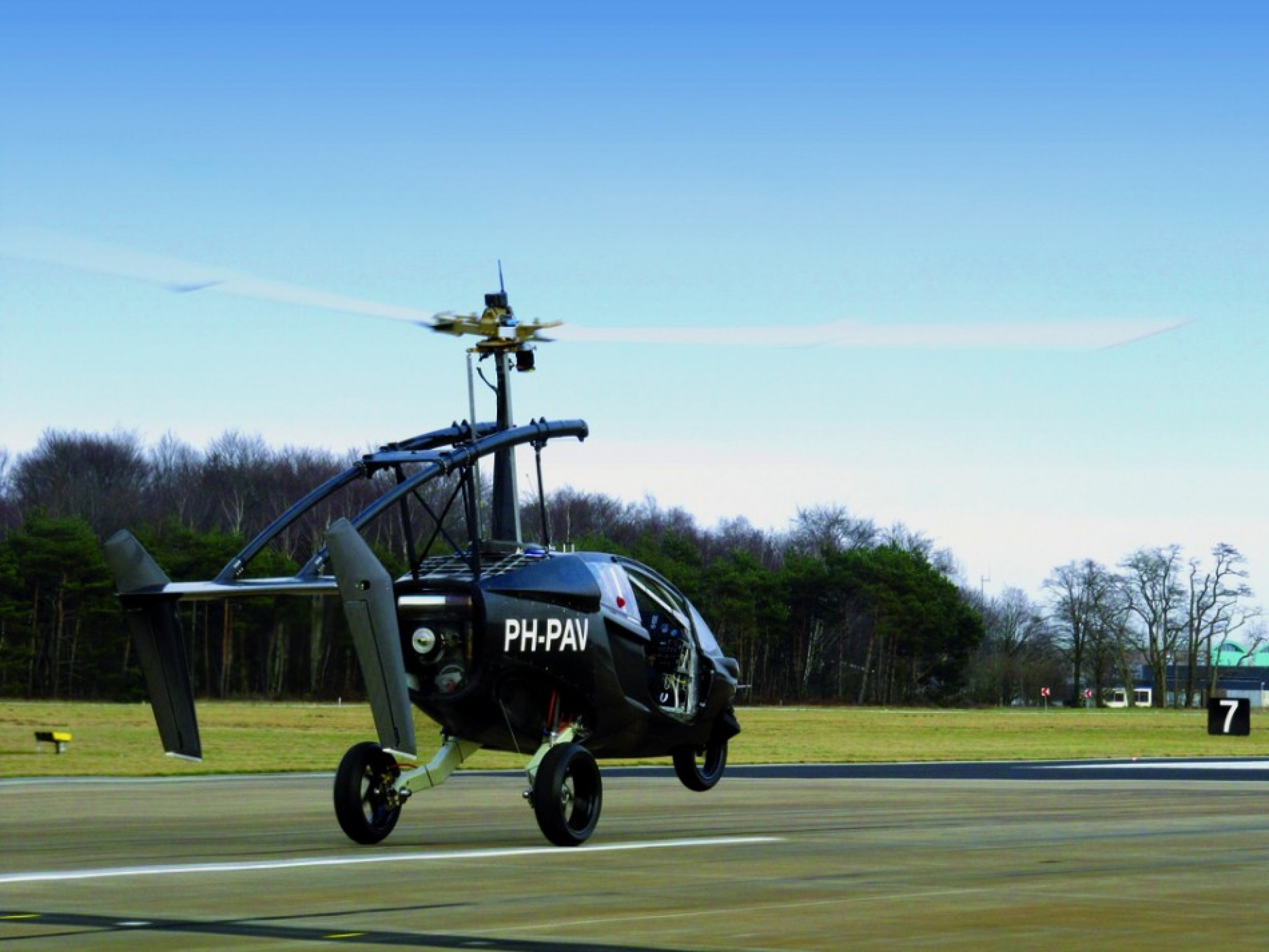Flying Car PAL-V ONE Makes Successful Test Flight (PHOTOS & VIDEO)
Test flight of PAL-V ONE (Personal Air and Land Vehicle), the flying car, was successfully concluded over the past two weeks, the Dutch company PAL-V said in a statement Monday.
PAL-V ONE flies in the air like a gyrocopter with lift generated by an auto-rotating rotor and forward speed produced by a foldable push propeller on the back, the company said.
The driving prototype of PAL-V ONE was successfully tested in 2009 and when on land, the flying car drives like a sports car, according to manufacturers that include top engineers from renowned Dutch National Aerospace Laboratory and Delft University.
On the ground this slim, aerodynamic, 3-wheeled vehicle has the comfort of a car with the agility of a motorcycle.
Upon the completion of the test flight, Robert Dingemanse, CEO and co-founder of PAL-V, said that the company was open to investors and potential dealers to fund the development of the cars and the market launch.
The PAL-V ONE flying car can fly below 4,000 feet (1,200 m) up to 350 (220 miles) and 500 km (315 miles) range, depending on the type. The current version runs on gasoline and future versions will use biodiesel or bio-ethanol.
A PAL-V ONE will have a driving range of about 1200 km (750 miles). The speed both on land and in the air can reach up to 180 km/h (110 miles/h).
Dingemanse said that the PAL-V ONE is quite safer as it is based on gyroplane technology and takes off and lands with low speed. It can land anywhere, on roads or grass, and a strip of just 165 meters (540 feet) is required for take-off.
The gyroplane technology means that it can be steered and landed safely even if the engine fails, because the rotor keeps auto rotating, he added.
A video below shows PAL-V ONE making flight and riding on road. Also, click Start to see pictures of the flying car on land and in the air in the slideshow that follows.






© Copyright IBTimes 2025. All rights reserved.





















